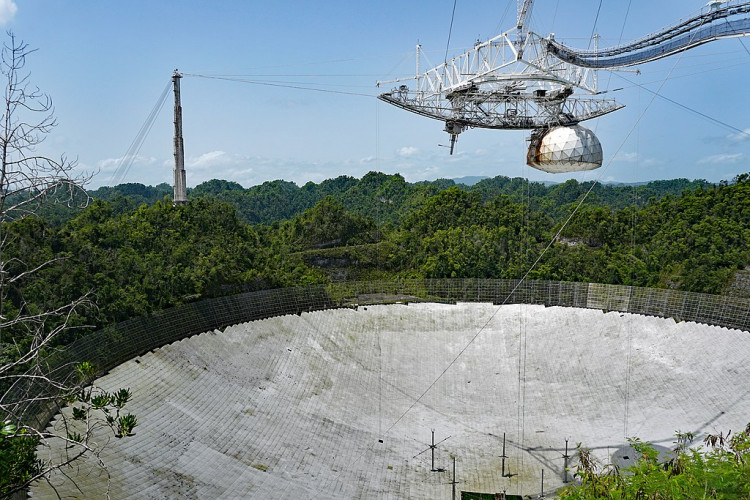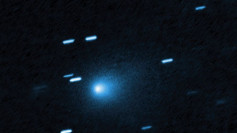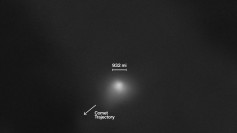The Arecibo Observatory, which collapsed in 2020, will not be restored, but a new teaching facility will open there next year.
Despite scientists' appeals, the National Science Foundation (NSF), which controls the site, has ruled that Arecibo Observatory would not receive a new telescope to replace the loss. The new education initiative also does not contain any long-term funding for the observatory's operational instruments, which include a 40-foot radio dish and a lidar system.
The massive radio dish of Puerto Rico's renowned radio telescope was an exceptional facility since it was a vital player in three separate fields of science: atmospheric studies, radio astronomy, and planetary radar.
When it first opened in 1963, the telescope's observing equipment was suspended from a web-like structure draped over a giant 1,000-foot-wide dish. However, in December 2020, the cables supporting that platform failed, causing the equipment to crash through the delicate dish and destroy the telescope.
According to a statement, the NSF wants to build on the observatory's legacy as a significant educational institution in Puerto Rico by transforming the facility into a hub for science, technology, engineering, and math (STEM) education, which is scheduled to open in 2023. The observatory also houses the ngel Ramos Foundation Science and Visitor Center, which first opened its doors in 1997.
"The U.S. National Science Foundation issued a solicitation Oct. 13 for a new multidisciplinary, world-class educational center at the Arecibo Observatory in Puerto Rico that aims to serve as a hub for STEM education and outreach," officials wrote in the statement. "The center would expand upon existing education and outreach opportunities currently in place at the Arecibo Observatory site, while also implementing new STEM programs and initiatives."
The telescope's problems began in 2017, when Hurricane Maria wreaked havoc on Puerto Rico, albeit the observatory was spared. A series of earthquakes shook the island in early 2020, forcing the observatory to close briefly. But for a while, the facility appeared to be in good working order.
That changed in August, when one of the massive cables supporting the 900-ton base slipped out of its socket and plummeted through the dish, severing the delicate panels. Nonetheless, engineers devised a repair strategy and said that the problem was under control.
However, a second cable collapsed in November, right before those repairs were supposed to start. Engineers assessed the condition and concluded that the telescope was unsafely unstable to repair, so NSF made the decision to decommission the observatory. However, gravity prevailed, and the telescope collapsed early on Dec 1, 2020.






